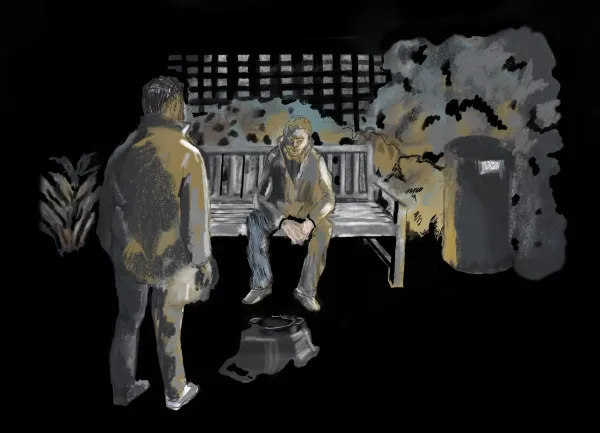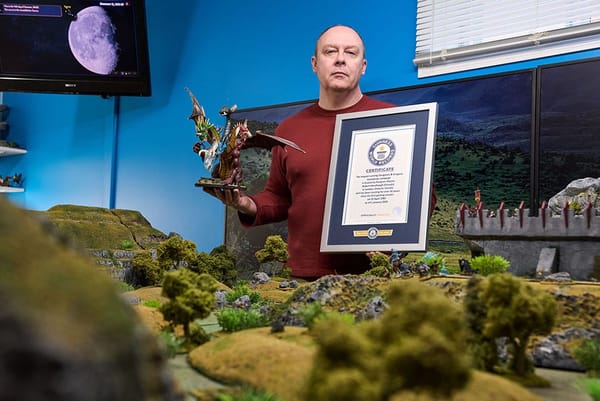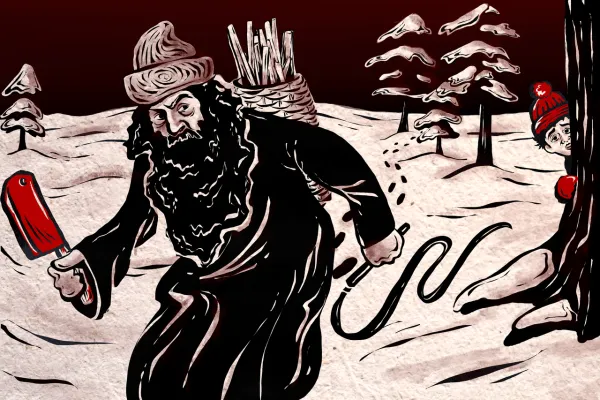Annie Oakley shot a cigarette out of Kaiser Wilhelm II's mouth

From the New York Times: "Annie Oakley, the most expert woman rifle shot ever known, died in Greenville, Ohio, a vivid and picturesque character known all over the world. Those who saw her at the height of her fame in the days of Buffalo Bill's Wild West Show remember a slight figure in flannel shirt, short skirts and leggins who unerringly smashed glass balls with a rifle, shot the ash off a man's cigarette at fifty yards and in many other ways demonstrated remarkable skill with firearms. Probably the most spectacular incident occurred in Berlin, when the famous cigarette-shooting trick was performed on no less a personage than the Crown Prince, later Kaiser Wilhelm II. Annie Oakley's bullet passed just four inches from his head. She had been giving exhibitions, and the Crown Prince announced that it was his wish to have himself as the subject. Her hand was steady, her eye keen. Her rifle cracked and the Crown Prince's ash was gone."
China moved an entire city block of buildings using hundreds of walking robots

From New Atlas: "How do you relocate an entire 8,270-ton, 43,380-sq-ft, 100-year-old Shikumen brick building complex so you can build a multi-level subterranean shopping center, parking lot and subway connections under it? With robots, of course. That's exactly what engineers of the Shanghai Construction No 2 Co Ltd did in Shanghai. The Huayanli Shikumen-style complex – a fusion of Western row-houses with Chinese courtyards representative of the urban Chinese middle-class – was built in the 1920s and 30s and had to be temporarily relocated to make way for the 570,500-sq-f underground development. To make it work, engineers used 3D scanning, self-guided drilling robots, thousands of feet of conveyor belts to haul away dirt and debris, and AI that could distinguish between soil structures. The kicker was the 432 tiny "walking" robots that suspended the entire city block above them at 33 feet per day."
A new kind of stroke is taking the world of competitive swimming by storm
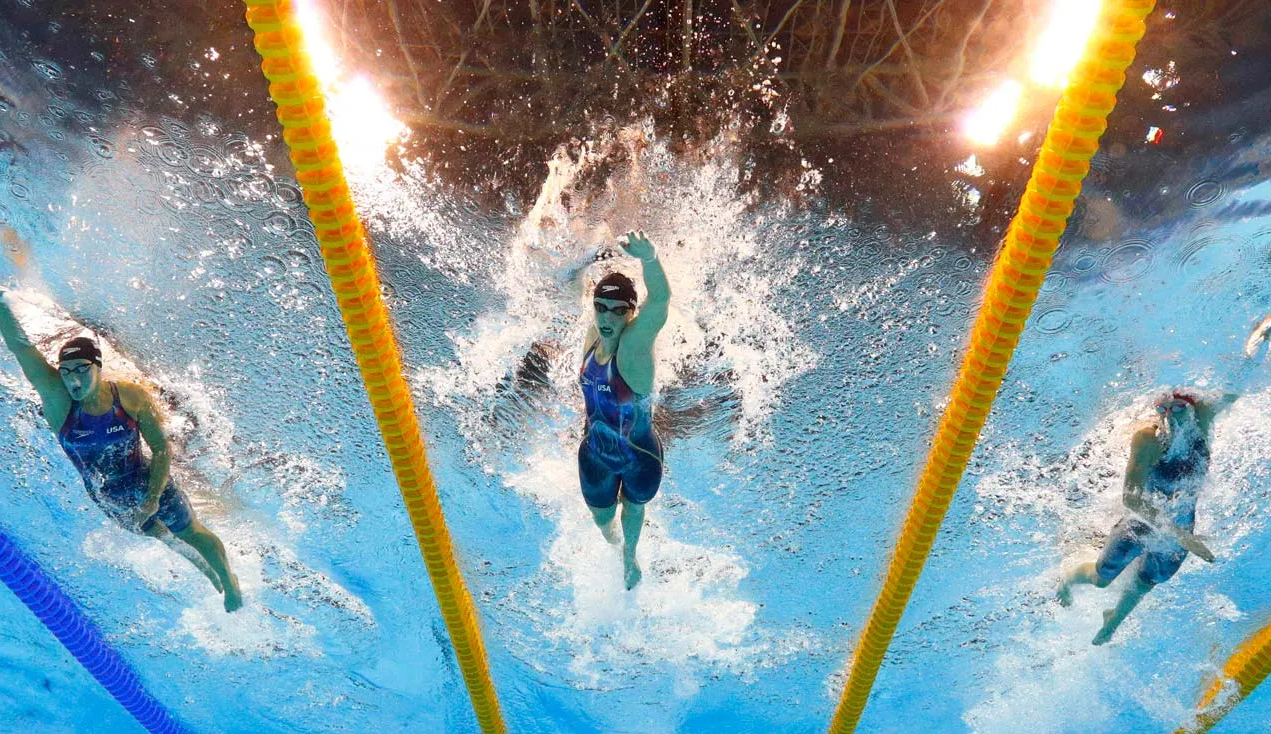
From Nautilus: "Most swimmers were using the dolphin kick to propel themselves underwater, but Hyman’s coach, Bob Gillet, wanted to experiment. In 1995 he came across a study in Scientific American about how tuna were able to swim at almost 50 mph, where dolphins top out around 25 mph. The study found that the flick of a fish tail generated more efficient thrust than that of a marine mammal tail. Gillet wondered whether the dolphin kick might be more powerful on its side, so the undulations were horizontal, like those of a fish. One cool December day in Phoenix in 1995, Gillet put it to the test. Hyman showed up for practice at Gillet’s outdoor pool, and he asked her to try it. “In the most respectful way, I called him a mad scientist,” she says. Her first attempts were awkward, and she ended up three lanes over from where she started. But she got better, and soon she was cutting through the water like an eel. She was going faster than she did with the dolphin kick. Faster than she had ever swum before."
Hi everyone! Mathew Ingram here. I am able to continue writing this newsletter in part because of your financial help and support, which you can do either through my Patreon or by upgrading your subscription to a monthly contribution. I enjoy gathering all of these links and sharing them with you, but it does take time, and your support makes it possible for me to do that. I also write a weekly newsletter of technology analysis called The Torment Nexus.
Researchers have developed a gel that turns sea water into drinking water using sunlight
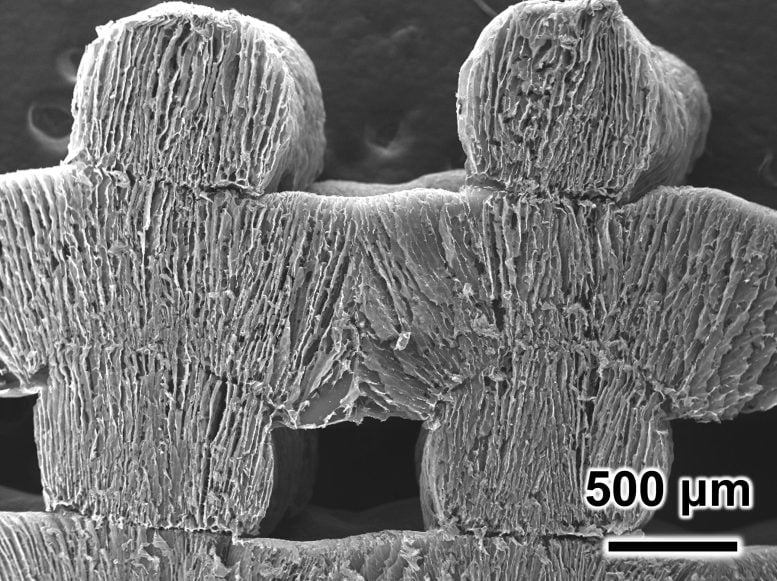
From SciTechDaily: "Most of the water on Earth is found in the oceans, but it’s far too salty to drink. While desalination plants can remove salt and make seawater drinkable, they typically use a lot of energy. Now, researchers have developed a promising new material that could change that. A team of scientists created a sponge-like structure filled with long, microscopic air channels that harness sunlight to turn saltwater into fresh, clean water. In an outdoor test, this simple system—just the sponge and a clear plastic cover—successfully produced drinkable water using only natural sunlight. The researchers made a paste containing carbon nanotubes and cellulose nanofibers and then 3D-printed it onto a frozen surface. This process formed a sponge-like material with evenly distributed tiny vertical holes, each around 20 micrometers wide. They found that the larger pieces released water at rates as efficient as the smaller ones."
The US Forest Service's secret weapon is horses and donkeys

From High Country News: "Horses and mules are essential to the Forest Service’s mission, especially when it comes to accessing the remotest corners of the West. The 1964 Wilderness Act forbids the use of mechanized equipment in the backcountry, so horses and mules are the next best option to ATVs and power tools. And they can hold their own — they’re the fastest and most efficient means of transport, trusty animals that can ferry people and supplies for weeks-long expeditions. They can drive plows to carve trenches in the ground and haul logs and blasted rock for clearing trails. More reliable than helicopters, mules and horses are also vital for wildland fire support. Mules can traverse 20 miles of terrain in a day while carrying 150-pound loads. A river ranger said he has seen mules shouldering lumber, explosives, radio batteries, boats, freezers. Once, he even heard of a mule carrying a piano."
The view from a comet captured by the Rosetta spacecraft

Acknowledgements: I find a lot of these links myself, but I also get some from other newsletters that I rely on as "serendipity engines," such as The Morning News from Rosecrans Baldwin and Andrew Womack, Jodi Ettenberg's Curious About Everything, Dan Lewis's Now I Know, Robert Cottrell and Caroline Crampton's The Browser, Clive Thompson's Linkfest, Noah Brier and Colin Nagy's Why Is This Interesting, Maria Popova's The Marginalian, Sheehan Quirke AKA The Cultural Tutor, the Smithsonian magazine, and JSTOR Daily. If you come across something interesting that you think should be included here, please feel free to email me at mathew @ mathewingram dot com
